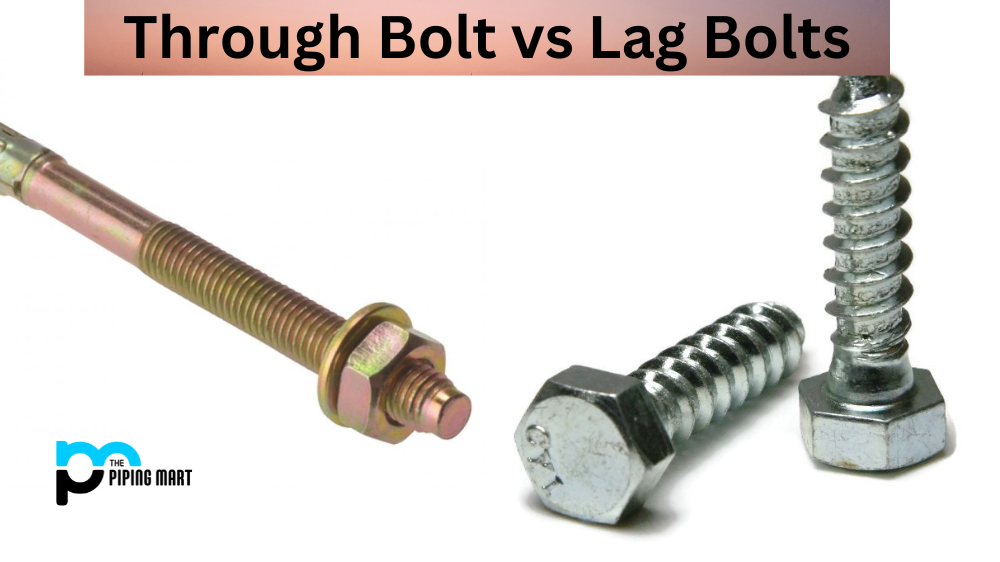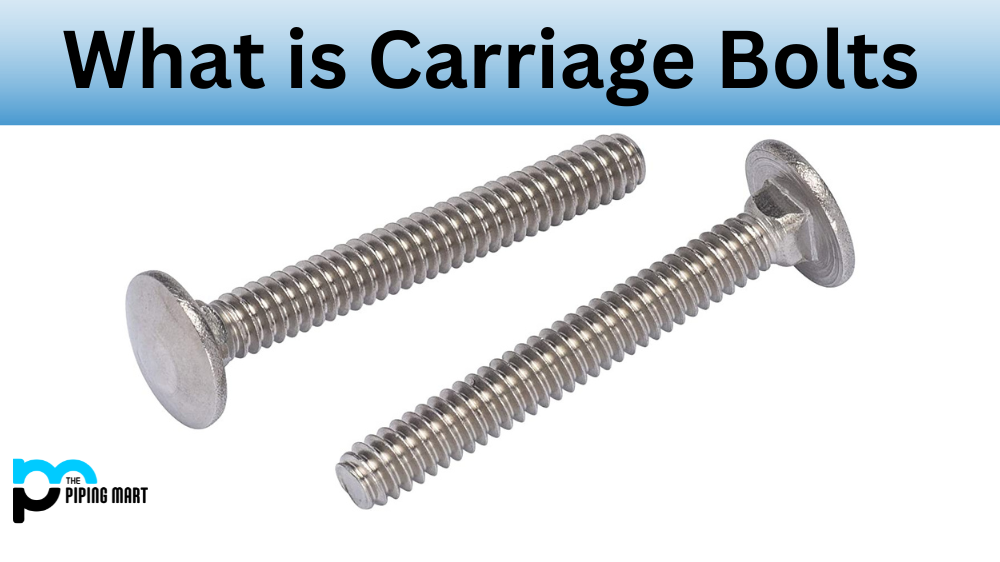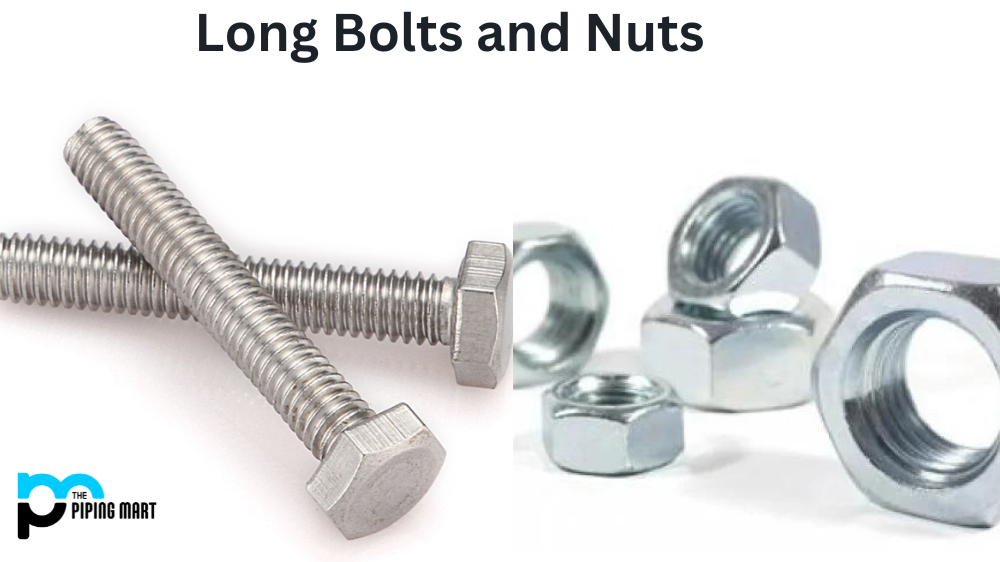When it comes to fastening objects together, there are many methods that can be used. One of the most common is using bolts. Specifically, you may be wondering what the difference is between through bolts and lag bolts. To help explain this, let’s break down each type of bolt and discuss the pros and cons of each.
Through Bolt
A through bolt is a type of bolt that passes completely through two pieces of material that need to be fastened together. Through bolts feature an externally threaded section on both ends, along with a washer or nut on one or both ends for extra security. The advantage of using through bolts is that they are able to hold large amounts of weight—making them perfect for heavy-duty applications such as connecting beams or posts together. They also provide a great deal of stability since they are able to spread out the load over two surfaces instead of just one. However, they do require a bit more work since you have to drill holes in both pieces being connected before inserting the bolt.
Lag Bolt
A lag bolt is another type of bolt commonly used in projects where items need to be securely fastened together. Unlike a through bolt, which passes completely through two pieces being connected, lag bolts only pass partially through one piece. This means that when inserted into a pre-drilled hole, only part of the shank will be visible on the other side—the rest will remain hidden inside the hole itself. Lag bolts are ideal for applications where appearance is important since they can not easily be seen from either side once installed correctly. They are also relatively easy to install since only one hole needs to be drilled in advance (and no nuts or washers are required). However, due to their design, lag bolts cannot handle as much weight as a through bolt can—so larger projects may not be suitable for this type of hardware.
Difference Between Through Bolt and Lag Bolt
Advantages of Through Bolt
- Through bolts are less likely to loosen over time than lag bolts.
- Through bolts can be tightened more securely than lag bolts.
- Through bolts, distribute the load more evenly than lag bolts.
- Through bolts are less likely to cause damage to the surrounding wood than lag bolts.
Advantages of lag Bolt
- Lag bolts are easier to install than through bolts.
- Lag bolts can be removed more easily than through bolts.
- Lag bolts are less expensive than through bolts.
- Lag bolts are available in a variety of sizes and lengths.
Disadvantages of Through Bolt
- Through bolts require a larger hole to be drilled than lag bolts.
- Through bolt installation can be more time-consuming than lag bolt installation.
Disadvantages of Lag Screw
- Lag screws are not as strong as through screws and can loosen over time.
- Lag screws can cause damage to the surrounding wood if they are not installed correctly
Conclusion
When it comes to selecting which type of bolt you should use for your project, it’s important to understand the differences between through bolts and lag bolts so that you choose the right hardware for your specific application. Through bolts are ideal for heavy-duty projects where maximum strength is needed, while lag bolts make better sense when appearance matters more than strength due to their ability to remain hidden after being installed properly in pre-drilled holes. No matter which type you choose, though, make sure you have done your research beforehand so that your project turns out exactly as planned!

Pipingmart is a B2B portal that specializes in metal, industrial and piping items. Additionally, we share the latest information and information about materials, products and various types of grades to assist businesses that are involved in this business.




